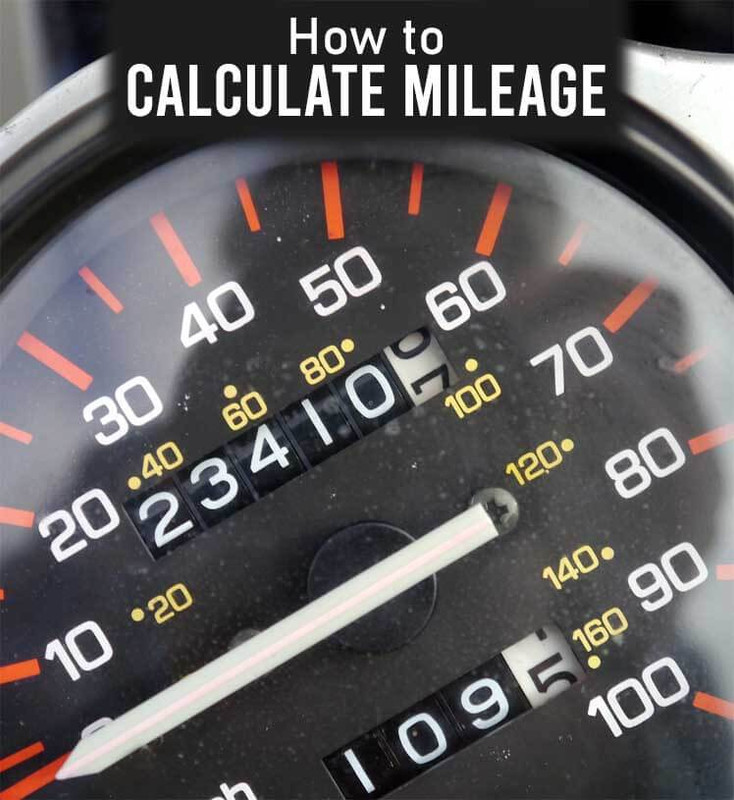Fueling Your Curiosity: How to Calculate the Mileage of a Car or Bike?

Whether you're a seasoned road warrior or a curious newbie behind the wheel, understanding your vehicle's mileage is crucial. It's the key to budgeting for fuel, planning efficient trips, and ultimately, squeezing the most out of your trusty car or motorbike. But how do you determine this enchanting figure? Fear not, fuel-conscious travelers, for this guide unveils the secrets of 'How you can calculate the mileage o a car or bike', empowering you to take control of your fuel economy.
The Mileage Equation: Simple Steps to Fuel Wisdom
At its core, mileage boils down to a simple equation:
Mileage = Distance Traveled / Fuel Consumed
1. Tools of the Trade: Gather Your Supplies
Before embarking on your mileage calculation adventure, you'll need two trusty tools:
- Odometer: This trusty instrument on your dashboard tracks the total distance your vehicle has traveled.
- Fuel Receipts: Keep these handy, as they tell you the exact amount of fuel you pumped in liters (for cars) or gallons (for motorbikes).
2. The Full Tank Method: For the Precise Purist
This method offers the most accurate results, ideal for meticulous motorists and those looking to monitor long-term fuel efficiency.
- Fill your tank to the brim. Remember, "brim" means the nozzle clicks off automatically, not just a quick top-up!
- Reset your trip meter (optional but helpful).
- Drive as you normally would, covering a decent distance (ideally at least 100 kilometers or 50 miles for accurate results).
- Return to the same gas station and fill your tank to the brim again.
- Record the liters/gallons pumped.
- Divide the distance traveled (from your trip meter or odometer) by the fuel consumed (from your receipt).
Voila! You now have your exact mileage for that specific driving period. Repeat this process periodically to track changes in fuel efficiency and identify areas for improvement.
3. The Reserve Tank Method: For the Efficient Explorer
This method is perfect for quick checks and those who like to keep their tanks topped up.
- Note your odometer reading when your fuel gauge reaches the reserve mark.
- Top up your tank to the brim and record the liters/gallons pumped.
- Divide the fuel consumed by the distance traveled since reaching the reserve mark.
This method gives you an estimate of your mileage, best suited for shorter trips or as a general indicator.
Beyond the Numbers: Tips for Fuel Efficiency Nirvana
Now that you're a mileage master, take your fuel economy to the next level with these bonus tips:
- Operate your vehicle with gentle transitions, steering clear of abrupt acceleration and braking.
- Maintain proper tire pressure.
- Regularly service your vehicle.
- Optimize your travel plans to reduce unnecessary driving and enhance efficiency.
- Consider fuel-efficient driving techniques like eco-driving.
Remember: Mileage can vary depending on various factors, including driving conditions, vehicle type, and even weather. Use your calculated mileage as a guideline and adjust your habits for optimal fuel efficiency.
Bonus Tip: Many smartphone apps can track your mileage and fuel consumption, making it easier to monitor your progress and identify areas for improvement.
With the knowledge and tools provided, now you know how to calculate the mileage of your car/bike. So hit the road with confidence, knowing you're in control of your fuel economy and your journey!
Happy and efficient driving!